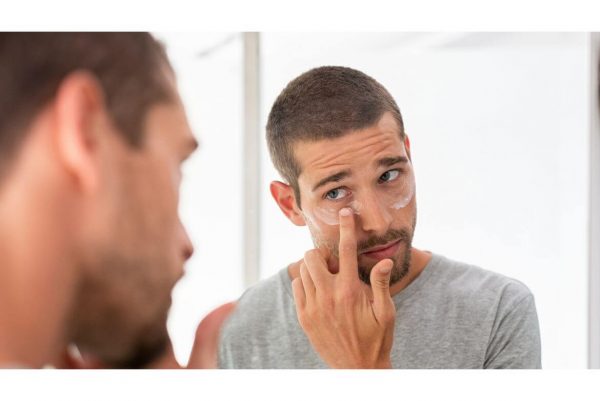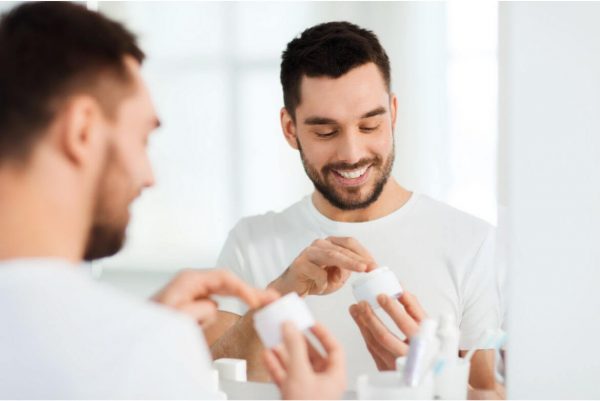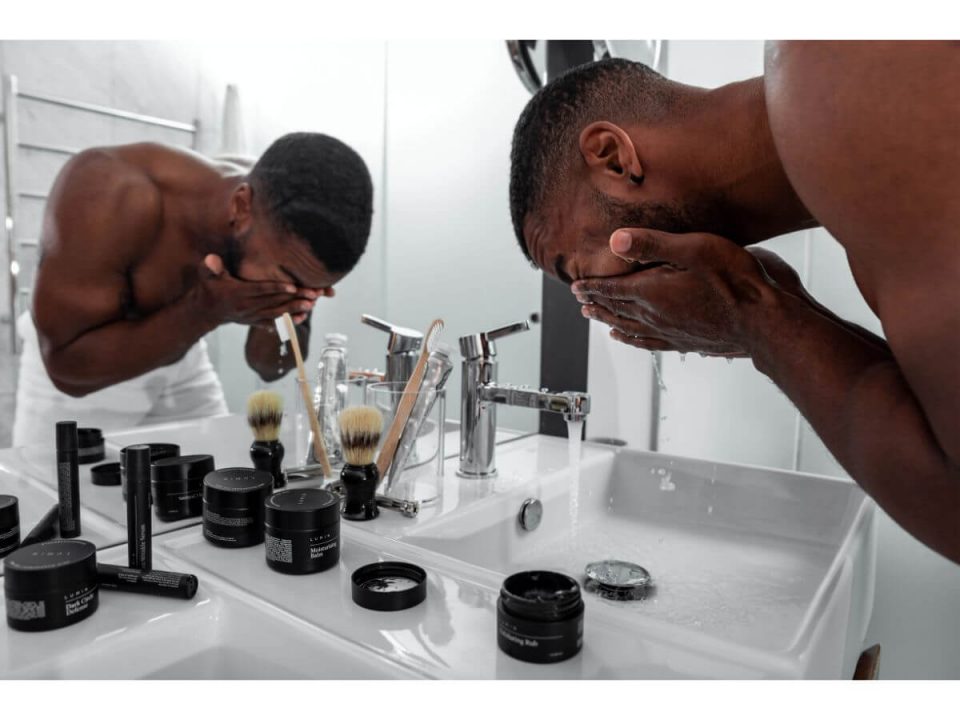Acne comes in a variety of shapes, sizes, and colors, and it is not always visible as a skin lesion. Blackheads are those pesky dirt-filled bumps, for example. If you’ve ever tried to squeeze one, you’ve almost certainly been met with a furious dig and quickly regretted it. So, what is the best method for treating this type of acne on the skin? First, let’s take a look at how to get rid of blackheads and who is more likely to get them.
Table of Contents
What are blackheads?
When dead skin cells and oil accumulate in the pores and seep through the skin’s surface, blackheads form. When these materials come into contact with air, they oxidize and turn black, causing a clog to form. Blackheads are frequently referred to as open comedones by doctors. To treat them, use solutions that dissolve the oil buildup inside the pore. Once the oil break has blocked, preventive measures can help keep pimples at bay.
What are the best blackhead removal methods? Here’s a four-step strategy to keep them away.

Hydrate Twice a Day
In the morning, a nutrient-rich moisturizer with SPF keeps your skin cells healthy and prevents pores from widening after sun exposure. For a longer period of time, the face remains firmer, and pores remain smaller. In addition, the moisturizer forms a thin barrier over the skin, preventing dirt and environmental factors from accumulating in the pores. Then, in the evening, apply a night cream to restore and support your skin’s health.
Use a salicylic acid cleanser
The fundamental skincare routine consists of three steps: wash, exfoliate, and moisturize. These first two stages, however, are combined with an exfoliating cleanser. Many bleaches, such as stand-alone chemical peels containing exfoliating ingredients such as salicylic acid, are used on physically soft skin.
These cleansers remove excess oil and debris from your skin, but the salicylic acid also penetrates your pores to eliminate dead skin cells while breaking them up. It prevents the accumulation of sebum and clogs that cause blackheads. These cleansers are usually mild enough to use twice a day, morning and night, but be careful not to dry out your skin when switching.

Exfoliating your skin
A skin exfoliator can aid in the removal of dirt that contributes to acne. It can also help to postpone the onset of aging symptoms. After using it, always rehydrate your skin. There are many different types of skin exfoliators available for purchase. Consult your dermatologist to determine whether such a product is appropriate for you. They may also give you advice on which ones to use and how to use them correctly. You may aggravate your acne if you do not use them correctly.
Face Scrubs
Some people use scrubs to exfoliate their skin in order to make it smoother. The theory behind acne peeling is that it opens closed comedones and prevents new ones from forming. Its abrasive activity, on the other hand, may irritate some people.
Ground Fruit Kernels, Aluminum Oxide, Sodium Tetraborate Decahydrate Granules, and Polyethylene Beads are all ingredients in scrubs. People should read the ingredients before purchasing a scrub. When washed, the sodium tetraborate decahydrate granules disintegrate, according to experts. They are less abrasive and therefore better suited for sensitive skin than other options.
More to read:
